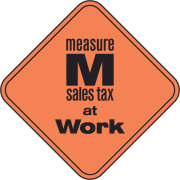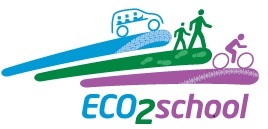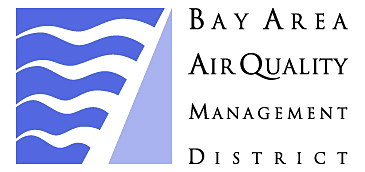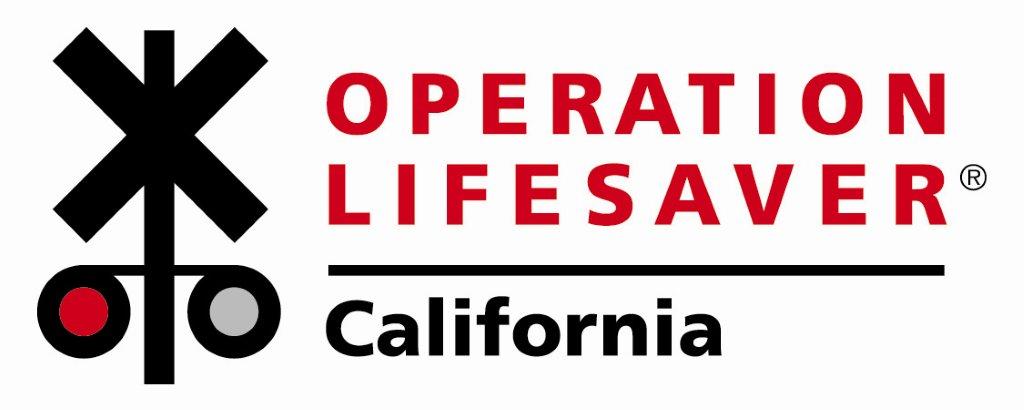Working together with local law enforcement is one way to enforce traffic safety laws around schools and in communities.
An increase in the visibility of law enforcement during pick-up and drop-off times has been shown to decrease traffic safety violations around schools and increase the care drivers take. If law enforcement resources are limited, utilizing these partnerships during events such as International Walk and Roll to School Day can still have an impact on driver behavior. Safety skills, taught at home first and foremost, can be reinforced through schools, in the neighborhood, and at community-wide events. Law enforcement may also be available to provide children and adults with training on safe walking or bicycling practices.
Combining law enforcement with encouragement or education activities is also effective
- Know how kids see the traffic world! Download the Watch Out! Kids About! flyer (PDF) that lists traffic laws applicable to school zones that motorists should be aware of, as well as tips on how to teach traffic safety to kids and how to see the traffic world through their eyes.
- While law enforcement is on patrol, they can also be on the lookout for children who are not wearing a helmet, obeying traffic laws while riding a bicycle, scooter, or skateboard. In Sonoma County, children ages 13-18 who receive tickets for violating traffic laws while on a bike or skateboard may be diverted to the Sonoma County Bicycle Coalition's Smart Cycling courses, where they receive valuable instruction on safe cycling practices.
- McGruff the Crime Dog offers great tips on how both children and adults can deal with stranger danger, and also several lesson plans and handouts that can be used at home or in the classroom. From the National Center for Crime Prevention.
- See the California Bicycle Laws and Safety website for a listing of California Vehicle Code sections applicable to bicycles.
- See the California Vehicle Code for sections applicable to motor vehicles and school zones.
- High School aged motorists can be involved in mobility education courses and teen driver safety programs.
- Check out Safe Kids Worldwide's tips on school bus safety.
- For kids or adults who ride in a car or bus, be aware of the following safety tips from Kidshealth.org
- For adult or teen drivers, check out the data relating to car hazards, from road user injury statistics, which behaviors are factors in traffic accidents, common causes of crashes, and environmental factors in traffic accidents, from Budget Direct.
Thank you to the Humboldt County Partnership for Active Living for helping provide content to develop this page.











